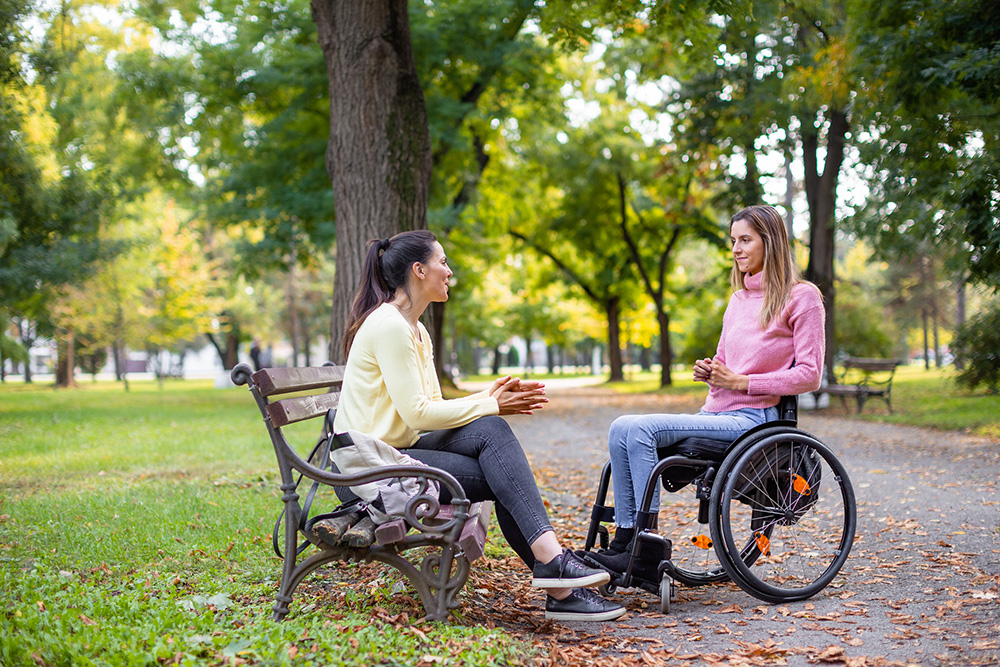Hospice and Palliative Care for Children

How is Care Different When the Patient is a Child?
As with adults, the goal of palliative care is to relieve pain and other symptoms, provide comfort, and improve quality of life. But there are special considerations when caring for children. When caring for children, the palliative doctor and team will do the following.
Determine where and how much it hurts.
Children may have more difficulty explaining their pain, including where it is and how much it hurts. This is, of course, especially true for babies and toddlers. The palliative doctor and team use child-specific techniques, such as special charts and body language, to identify the pain and determine how bad it is.
Provide the right pain relief.
Providing medicine to treat pain and other symptoms is more challenging in children. Because their bodies are smaller, children process medicine differently. Many can't take pills. The palliative doctor can prescribe the right medicine in the right doses and suggest ways the child can take it. These may include liquids, special patches, or pills that dissolve on the tongue and don't have to be swallowed.
Help children understand and cope with the illness.
Depending on their age, children often don't understand their illness and why they need tests and medicines. The palliative team members can help the child understand what he or she is going through in age-appropriate ways. The palliative team also can suggest ways the child can express himself or herself emotionally, such as through music, play, or art.
The patient website, Caring Connections, managed by the National Hospice and Palliative Care Organization, offers additional guidance on caring for a child with a serious illness.

